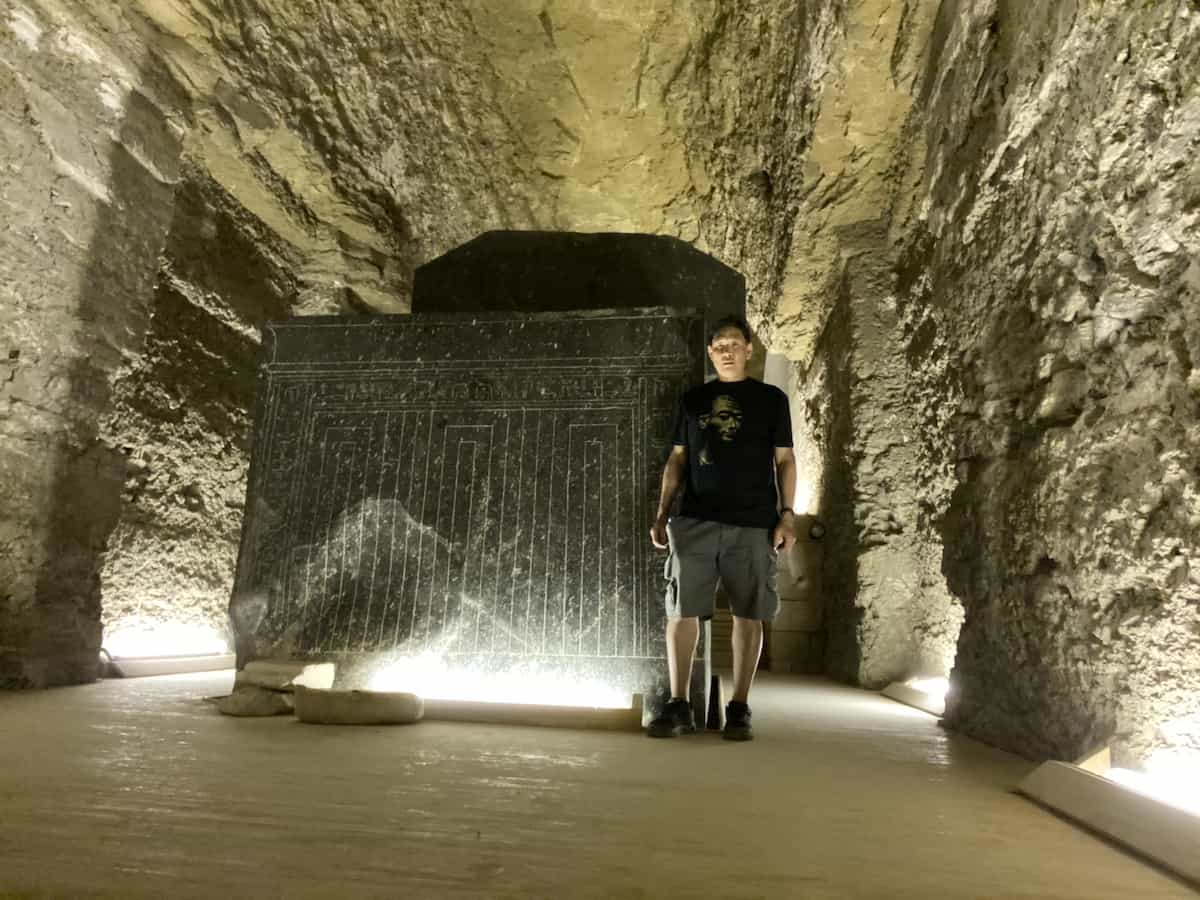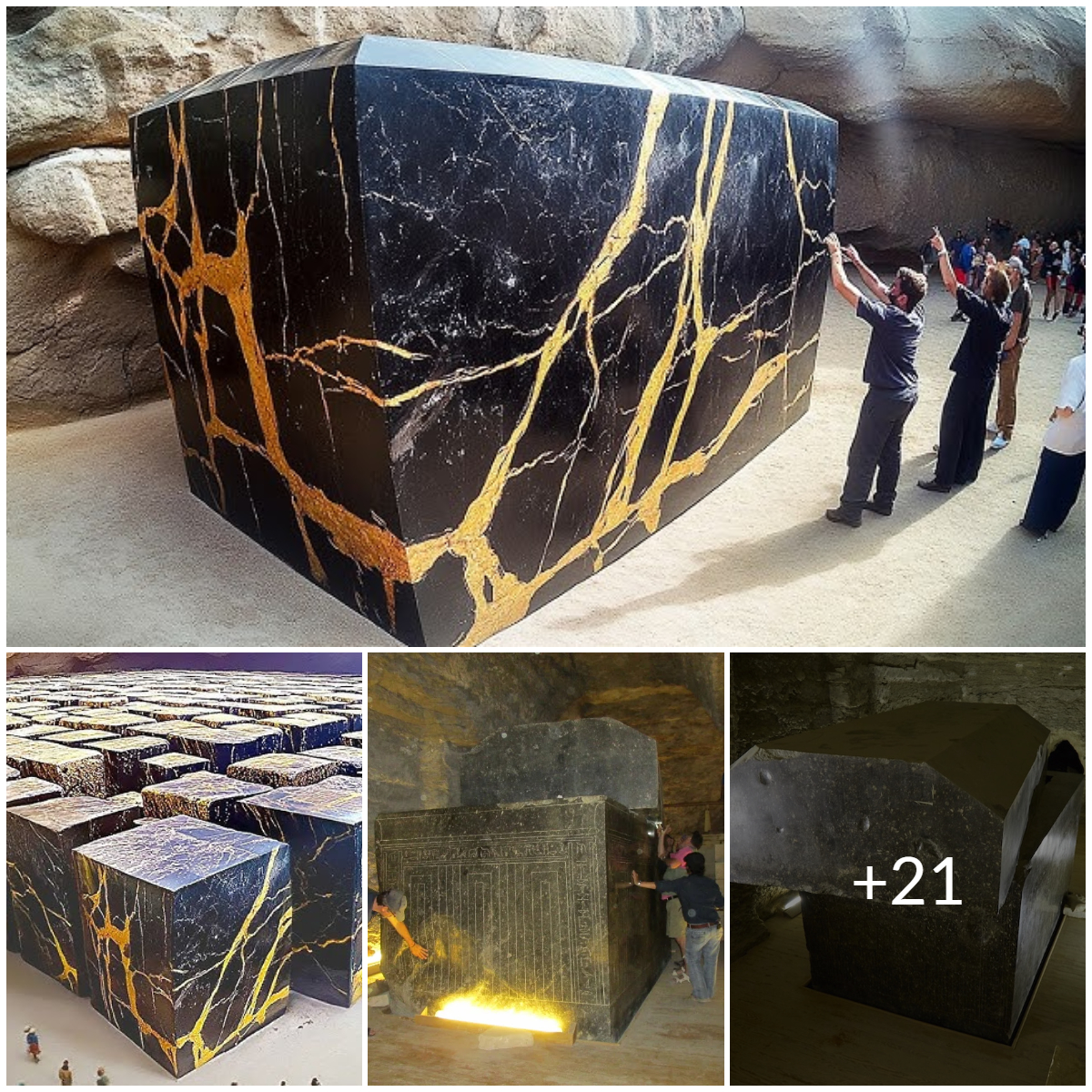Ancient Egypt has always been a land of mystery, from the giant pyramids to the unsolved hieroglyphs. But one of the most controversial mysteries lies deep underground, beneath the pyramids of Saqqara – where giant granite boxes were discovered. These blocks of stone are so large, so precise and so difficult to work with – that many researchers believe that people of that time could not have created them.

Hidden in the Serapeum of Saqqara, archaeologists discovered 24 granite boxes, each weighing between 70 and 100 tons – equivalent to the weight of a blue whale! They were placed in deep recesses inside narrow tunnels, and the strange thing is that the surfaces of the boxes are polished smooth, the edges are cut so precisely, that even modern technology is wary.

Why was it so difficult for ancient people to build them?
Imagine this: moving a granite block weighing tens of tons from the quarries of Aswan – some 800km from Saqqara – using Bronze Age tools is almost impossible. But not only did it have to be moved, it had to be chiseled, cut, polished and placed precisely in the ground. This raises a host of questions:
Some theories suggest that modern or extraterrestrial technology may have helped create them. Although speculative, this clearly goes beyond the conventional understanding of ancient Egyptian engineering.

Traditional scholars believe that these boxes were coffins for Apis bulls – a sacred animal in Egyptian culture. However, surprisingly, most of the boxes are empty or have no trace of mummies. If they were just for burying animals, why would such a feat be necessary?
Some have suggested that they could have been used as energy storage, sound resonators, or even as part of a lost ancient technology.
Conclusion: The Mystery Remains Unsolved
To this day, the giant granite boxes of the Serapeum remain one of the greatest mysteries of ancient Egypt. Whether they are engineering marvels, religious tombs, or technology beyond comprehension, these boxes continue to arouse curiosity, debate, and research.
Video:
